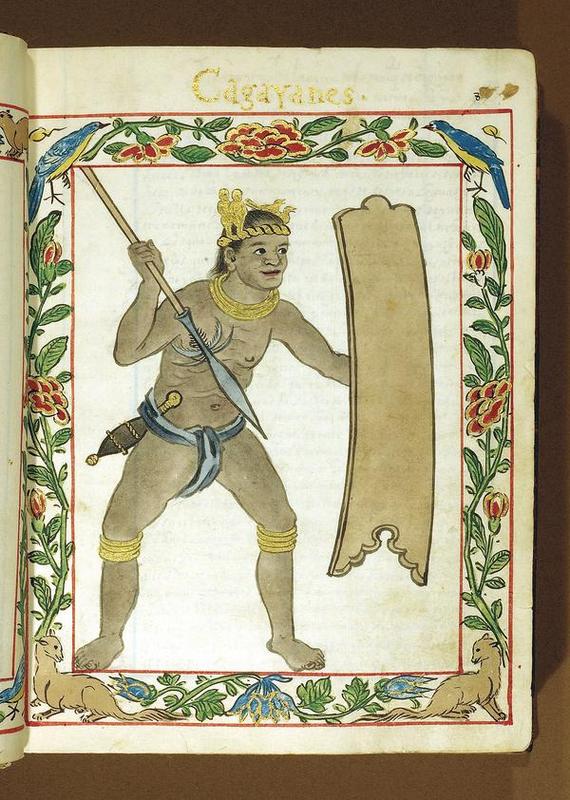This is another favorite multi-part essay written for my “Pathless Travels” column. It was originally published in Northern Weekly Dispatch, 31 Jul 2005, and which I then reposted a few months later on my defunct blog hosted at Blogspot. The year was 2005, and the Philippines was at the height of the anti-Gloria Macapagal Arroyo protests in the wake of the “Hello Garci” scandal. With the likes of Gen. Danny Lim and Navy Capt. Sonny Trillanes giving voice to those who wanted the AFP to side with the people’s demands for regime change, some groups were becoming enamored with military or military-backed solutions.
On the creative writing side, I was intrigued by the three-part or multi-part essay as a possible subgenre to explore, because it came to me as a nice solution to a literary dilemma. Nordis (the weekly newspaper) discouraged long pieces because it had to save on space, accommodate other columns, and encourage readership through shorter pieces. It was no New Yorker magazine, no Atlantic Monthly, in terms of available space. On my part, I wanted to explore a topic in more depth without being straitjacketed by the pressures of a regional weekly. And so the solution presented itself: a long essay in three or four parts, masquerading as column pieces.

Last year, I got to writing a three-part piece on a most unlikely topic: fireplaces. The title, “Romancing the Fireplace,” had a nice medieval ring to it, even though my piece actually dwelt on mundane matters like the secrets of cooking fluffy rice and saving on LPG.
With the country in a deepening state of siege, I feel now is the right occasion to follow through with another multi-part column – this time a nasty medieval piece on war, especially on using swords and other bladed weapons designed for efficient human butchery. Sounds gory to you? Read on, dear friend.



